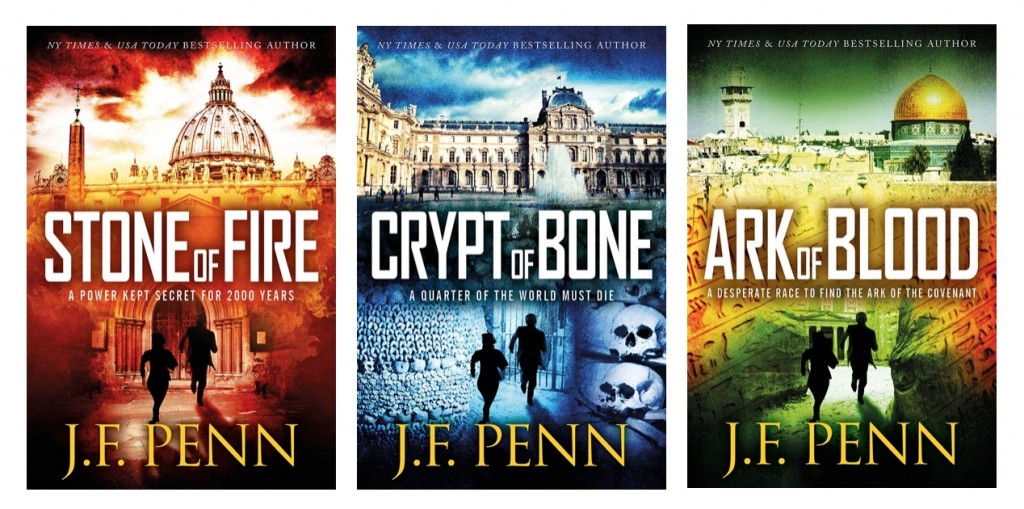This editorial by Sam Leith originally appeared on The Guardian on 6/26/15.
When it comes to high-calibre non-fiction, risk-averse trade publishing houses are producing too many copycat ‘smart thinking’ books that promise more than they deliver. But praise should be given to the university presses
mid the ambient wails of doom about the publishing industry, I’d like to enter a note of encouragement. The mainstream may be getting dumber by the day, but we are living in what looks like a golden age of publishing for, of all people, the university presses.
At the moment, I don’t think there’s a trade publishing house producing high-calibre, serious non-fiction of the quality and variety of Yale University Press; and snapping at its heels are Harvard, Oxford, Princeton, Cambridge and Chicago. As the literary editor of a middlebrow news magazine I’m finding ever more of the reviews I commission are from such presses.
Where 15 or 20 years ago the big trade publishers were, oddly, swamping the market with sort-of-scholarly micro-histories of salt or longitude, they now seem, with exceptions of course, to be tiptoeing away from specific, knotty, deeply researched and nuanced books about things. The sorts of book on which they tend now to rely are investigations of “big ideas”. Their lodestars or exemplars are the Malcolm Gladwells and Daniel Kahnemans and Nicholas Carrs. I do not mean to denigrate those individual authors, rather to say that they produce a particular type of work.
Read the full editorial on The Guardian.

